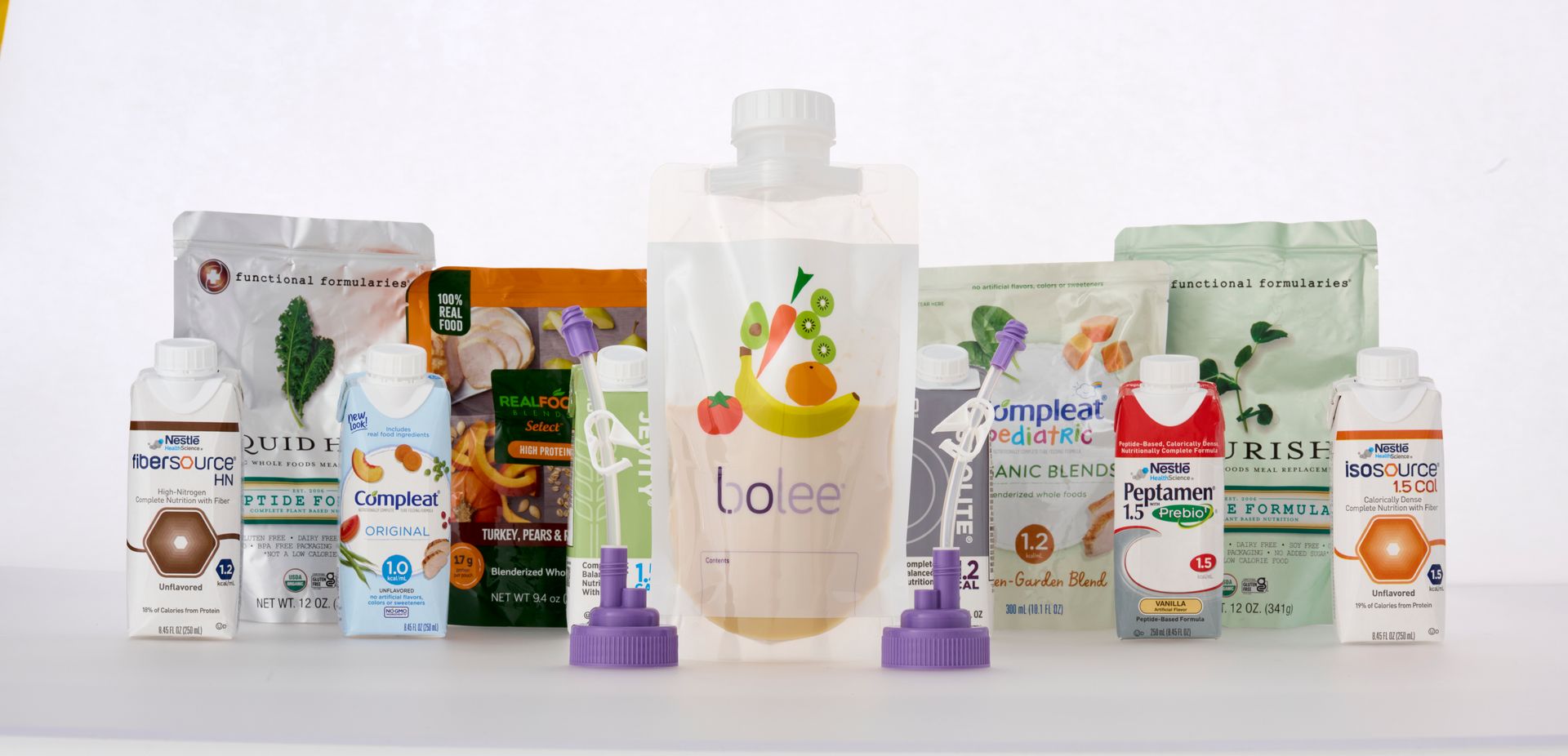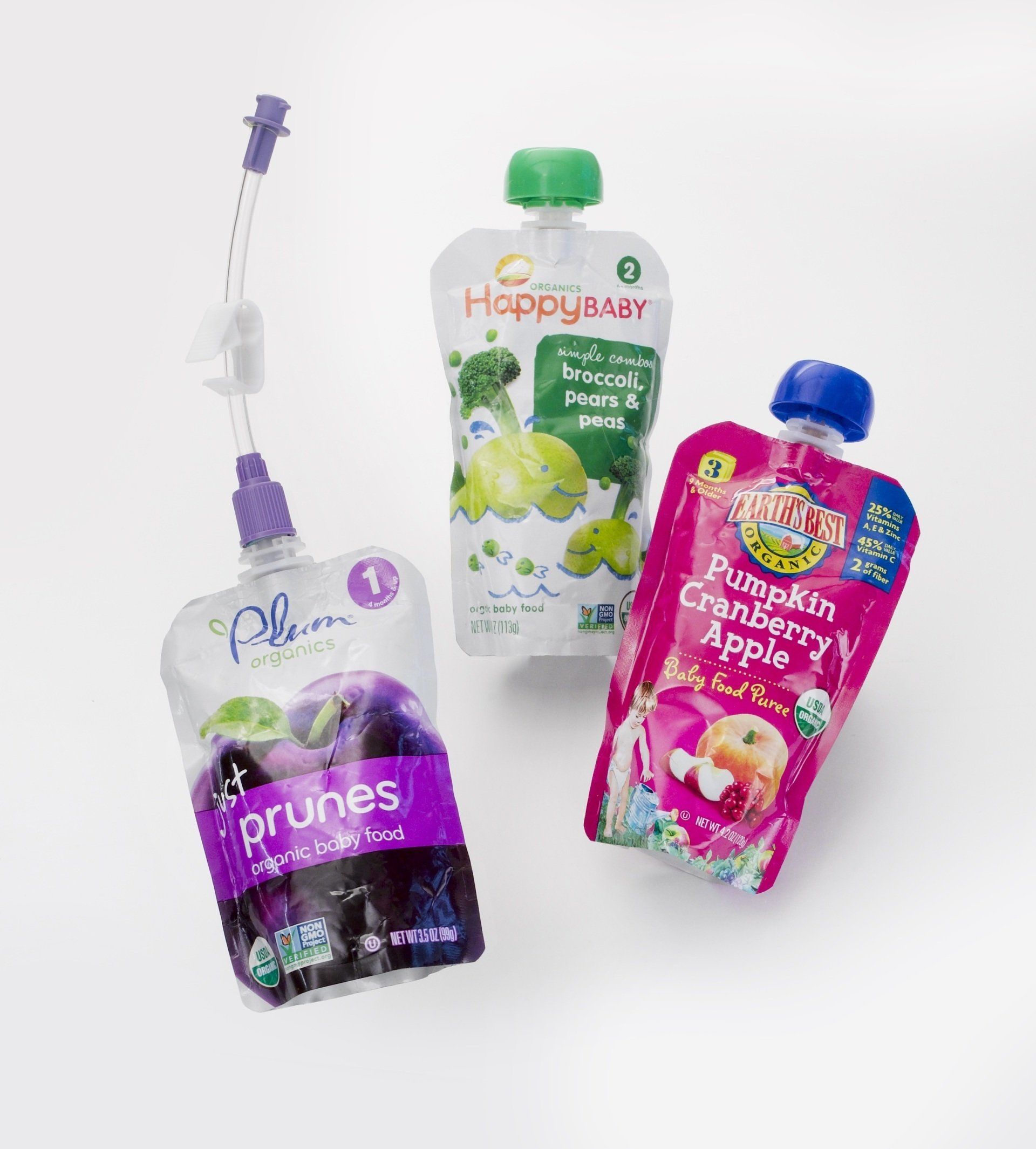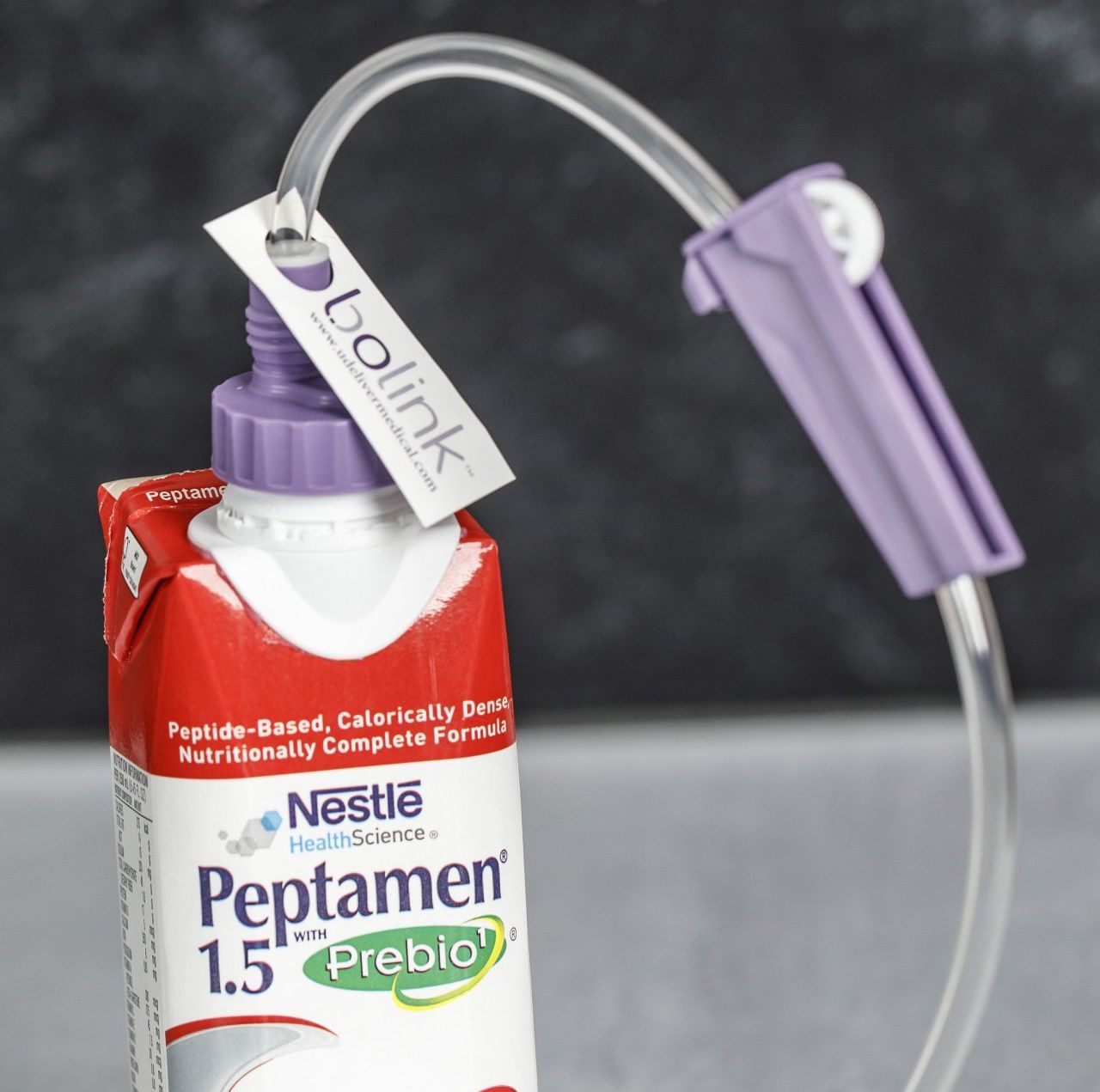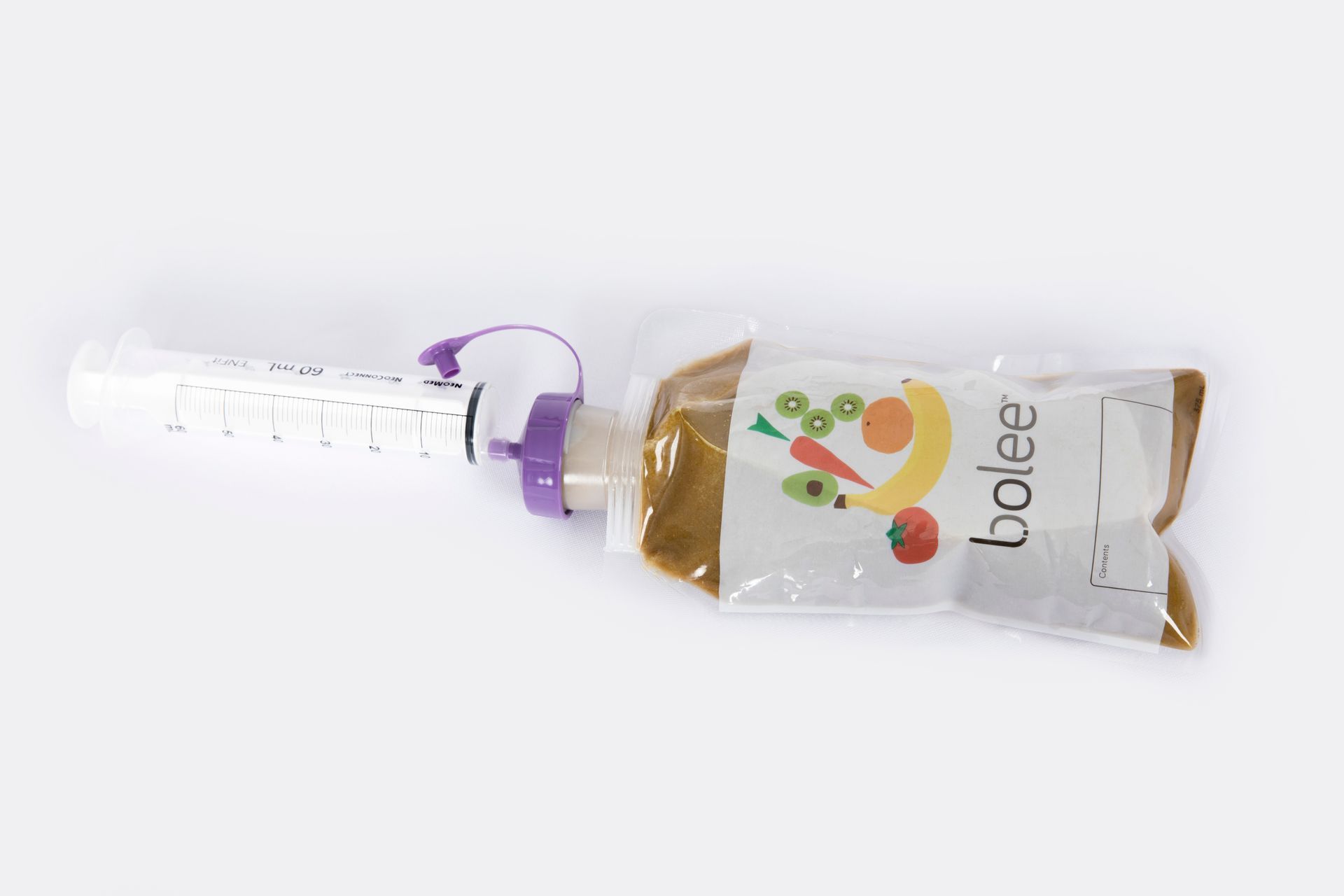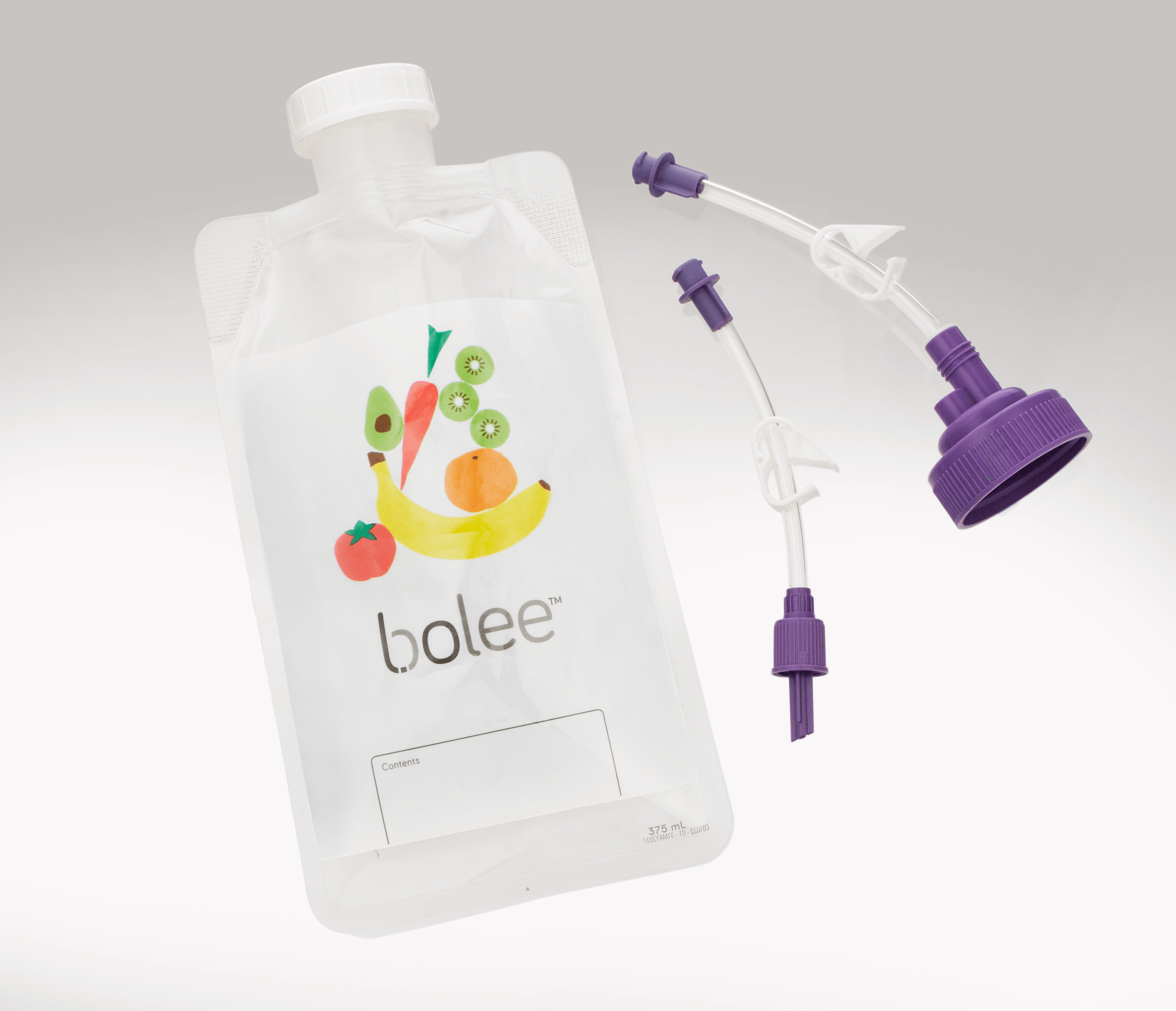Swimming With a Feeding TUbe
Tips for swimming with a feeding tube
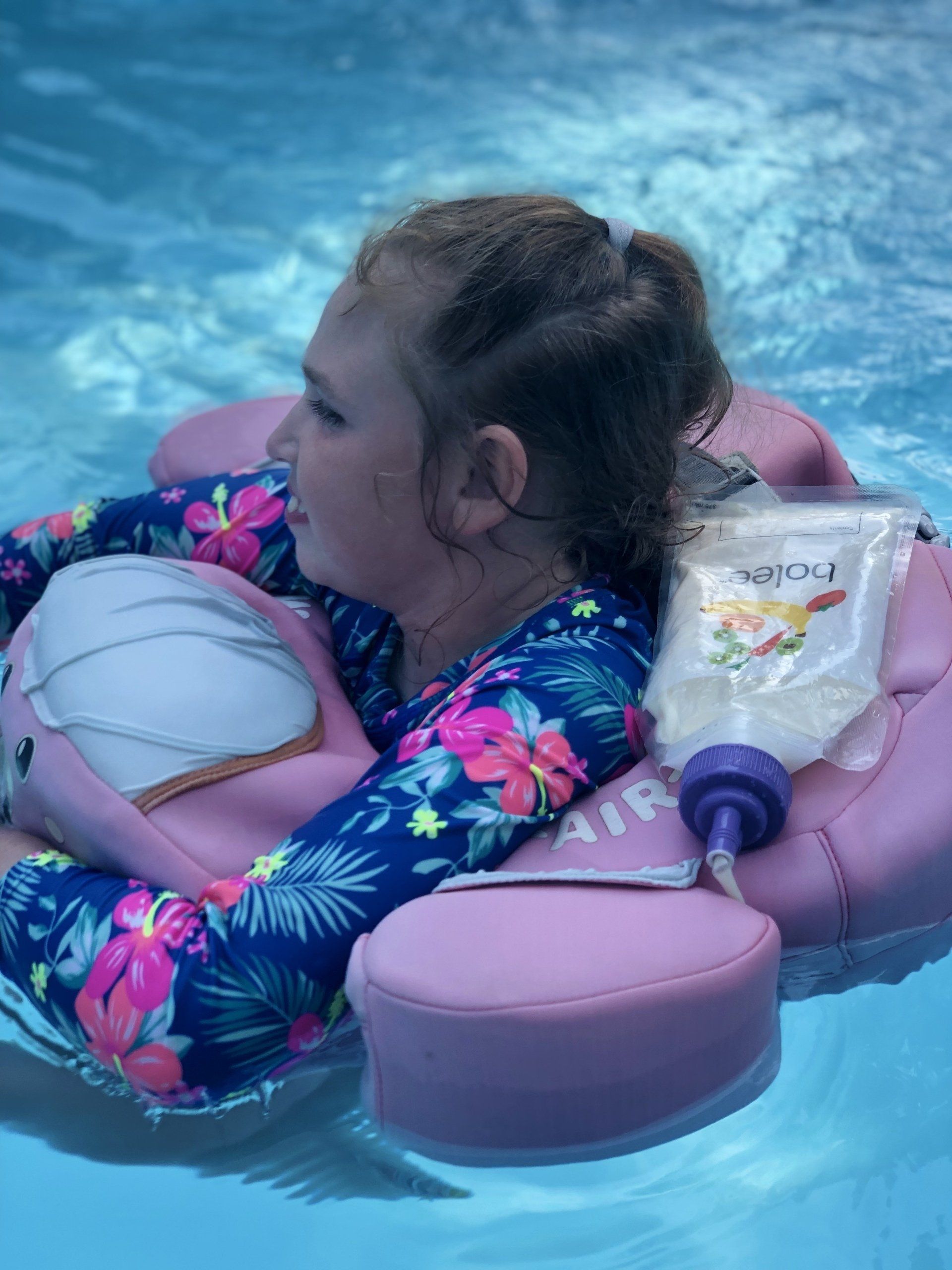
Swimming with a feeding tube can be done safely with a few precautions to ensure that both the tube and your health are protected. Here's a guide to help you:
1. Check with Your Healthcare Provider
- Get approval: Always check with your doctor or healthcare provider before swimming to ensure it’s safe based on your individual medical situation.
- Specific advice: Your healthcare provider may have specific recommendations based on your type of feeding tube (e.g., PEG, G-tube, or J-tube).
2. Protect the Feeding Tube Site
- Cover the site: Use a waterproof dressing or bandage to cover the tube insertion site. This helps prevent water, bacteria, and dirt from entering the site and reduces the risk of infection.
- Waterproof covers: There are special waterproof covers available, like Tegaderm, which can help keep the tube site dry.
- Avoid submersion for long periods: Long exposure to water can sometimes cause irritation, so limit the time you're submerged, especially in pools or hot tubs.
3. Types of Water Activities
- Swimming in pools: Chlorine can be harsh on feeding tube sites, so it's crucial to protect the area carefully. You may want to avoid pools with high levels of chemicals.
- Swimming in natural bodies of water: Lakes, rivers, and oceans can contain bacteria, which increases the risk of infection. It's often recommended to avoid these, or to take extra care to protect your tube and clean the area afterward.
- Hot tubs: These are generally not recommended because they can increase the risk of infection and irritate the tube site due to the heat.
4. Use Waterproof Feeding Tube Caps (Optional)
- Some people with feeding tubes opt to use a waterproof cap for their feeding tube when swimming. This is not always necessary but can provide extra protection. These caps can prevent water from entering the tube and causing any issues.
5. After Swimming
- Clean the site: After swimming, gently wash around the feeding tube site with mild soap and water. Dry it thoroughly and check for any irritation or signs of infection.
- Replace the waterproof dressing: If you used a dressing or bandage, make sure to replace it afterward, especially if it got wet.
6. Hydration
- Stay hydrated: Swimming can be physically demanding, so it’s important to stay hydrated.
7. Monitor for Infection or Complications
- Watch for irritation: If you notice any redness, swelling, or unusual discomfort around the tube site, consult your doctor.
- Signs of infection: Keep an eye out for fever, pain, or unusual discharge from the tube site, as these could indicate an infection.
Final Thoughts:
Swimming with a feeding tube is possible, but it requires extra care. The key is to ensure the tube site is protected from bacteria, dirt, and prolonged exposure to water, as well as to follow any guidelines provided by your healthcare provider.
Disclaimer: This information is intended for general guidance only and does not replace professional medical advice. Always consult your healthcare provider for instructions and recommendations tailored to your specific situation regarding feeding tube care, swimming, and related activities.
